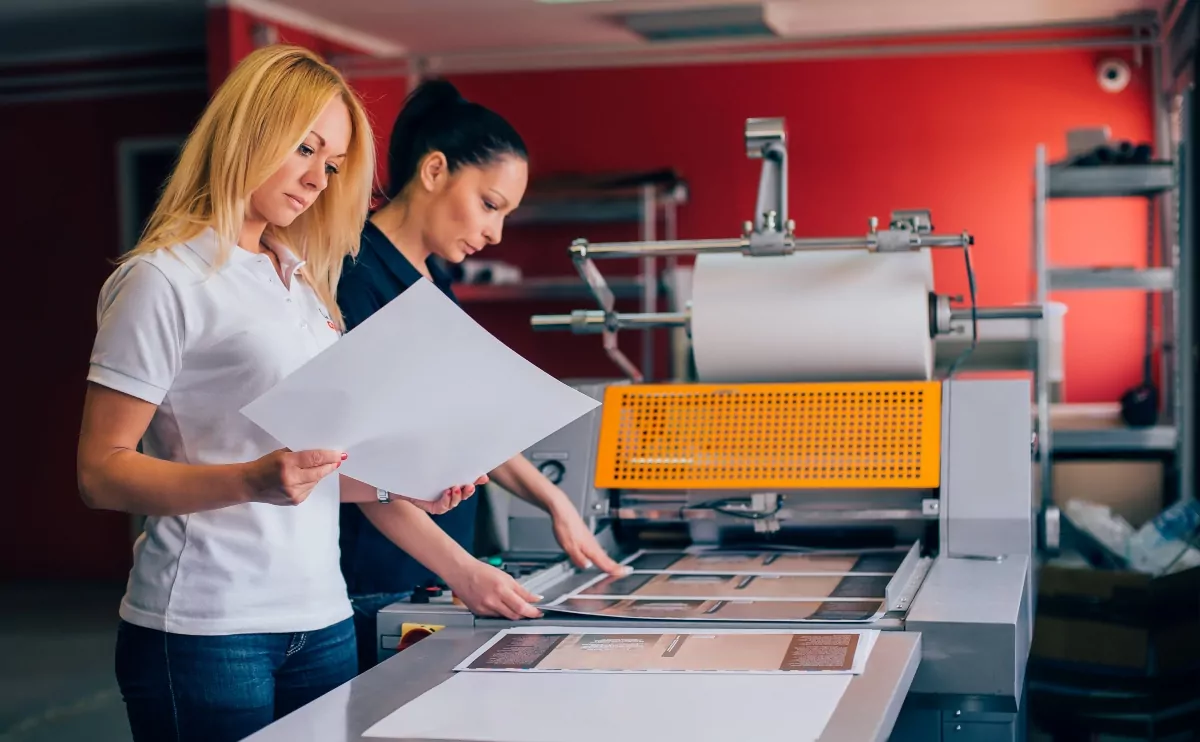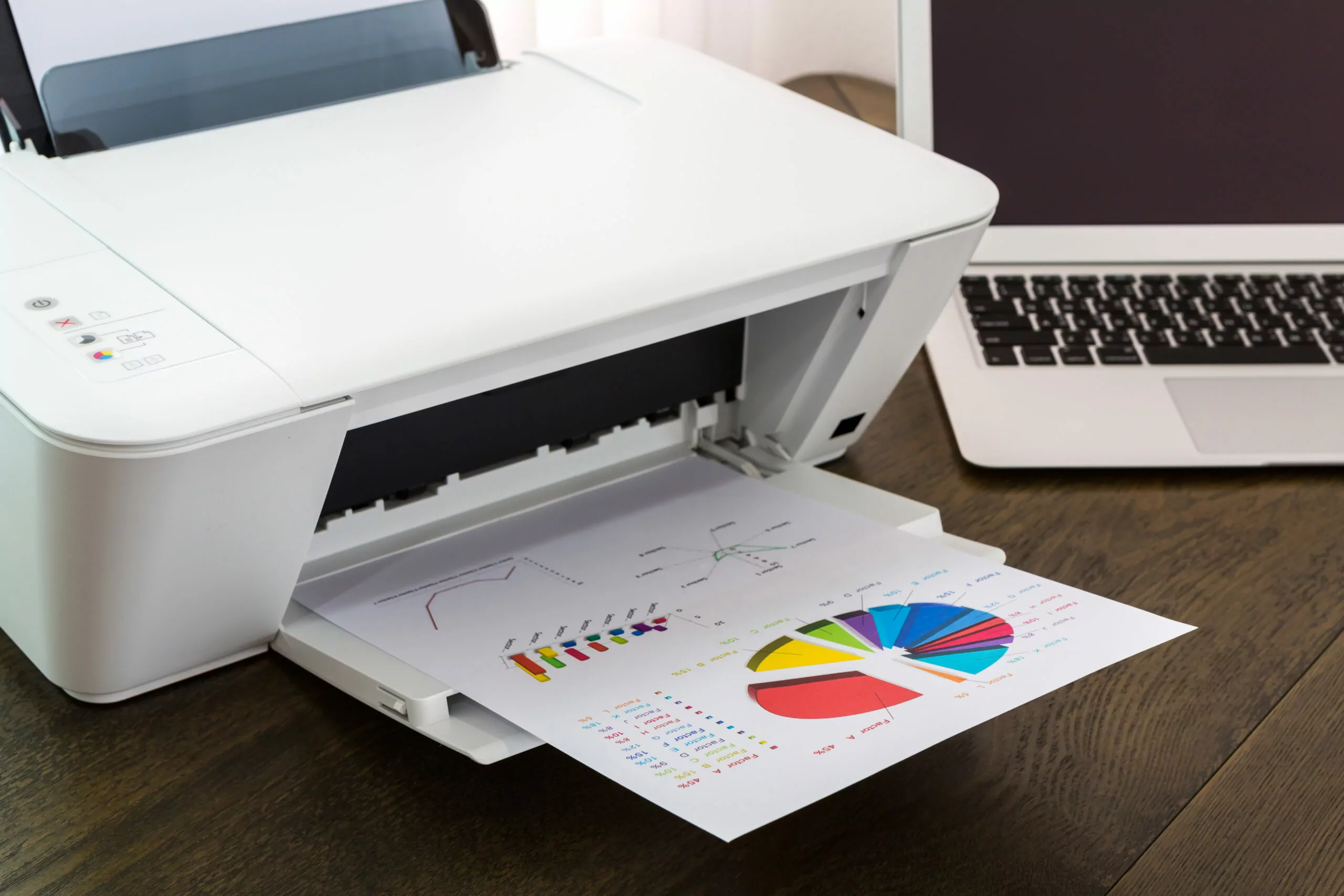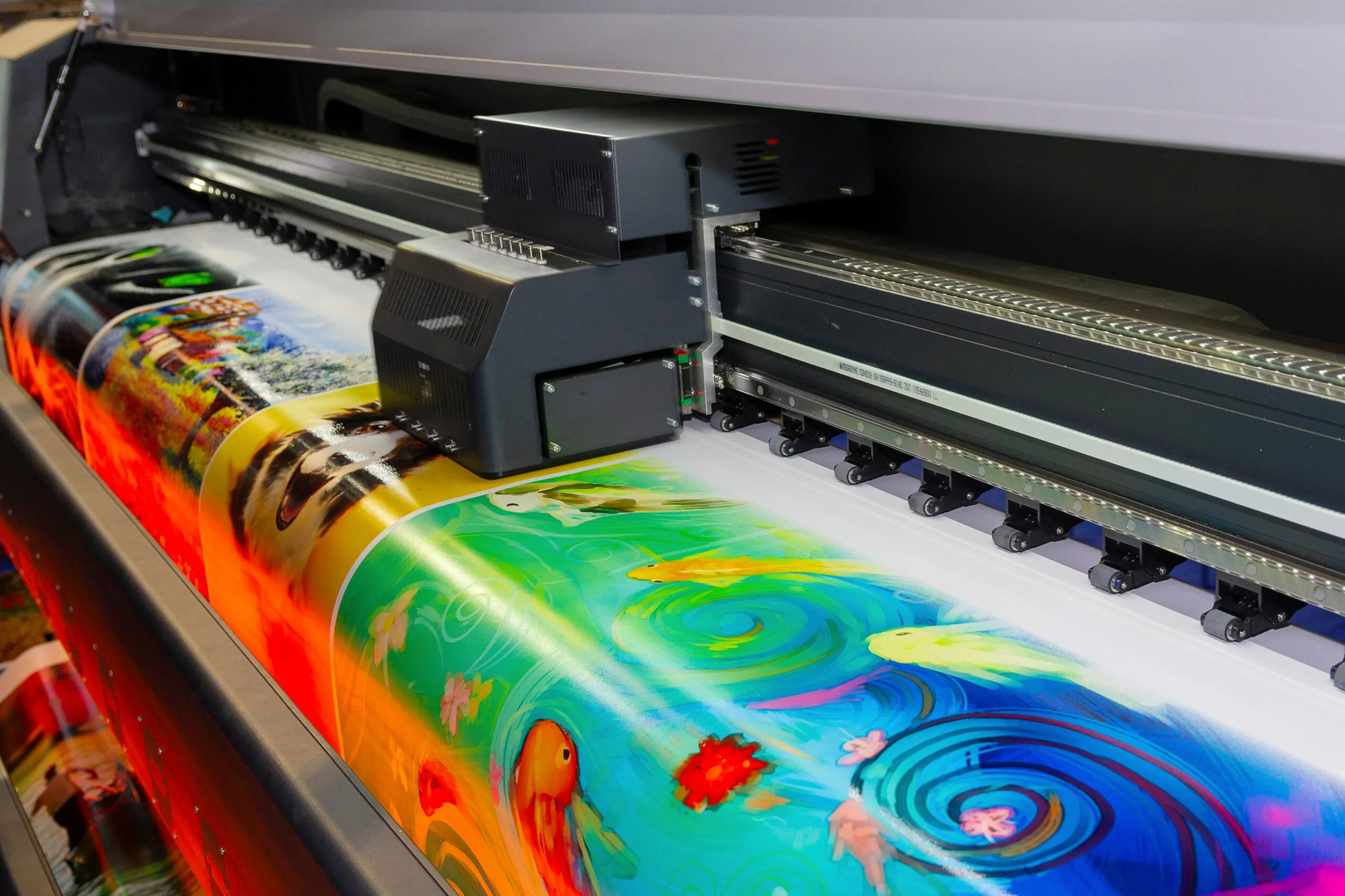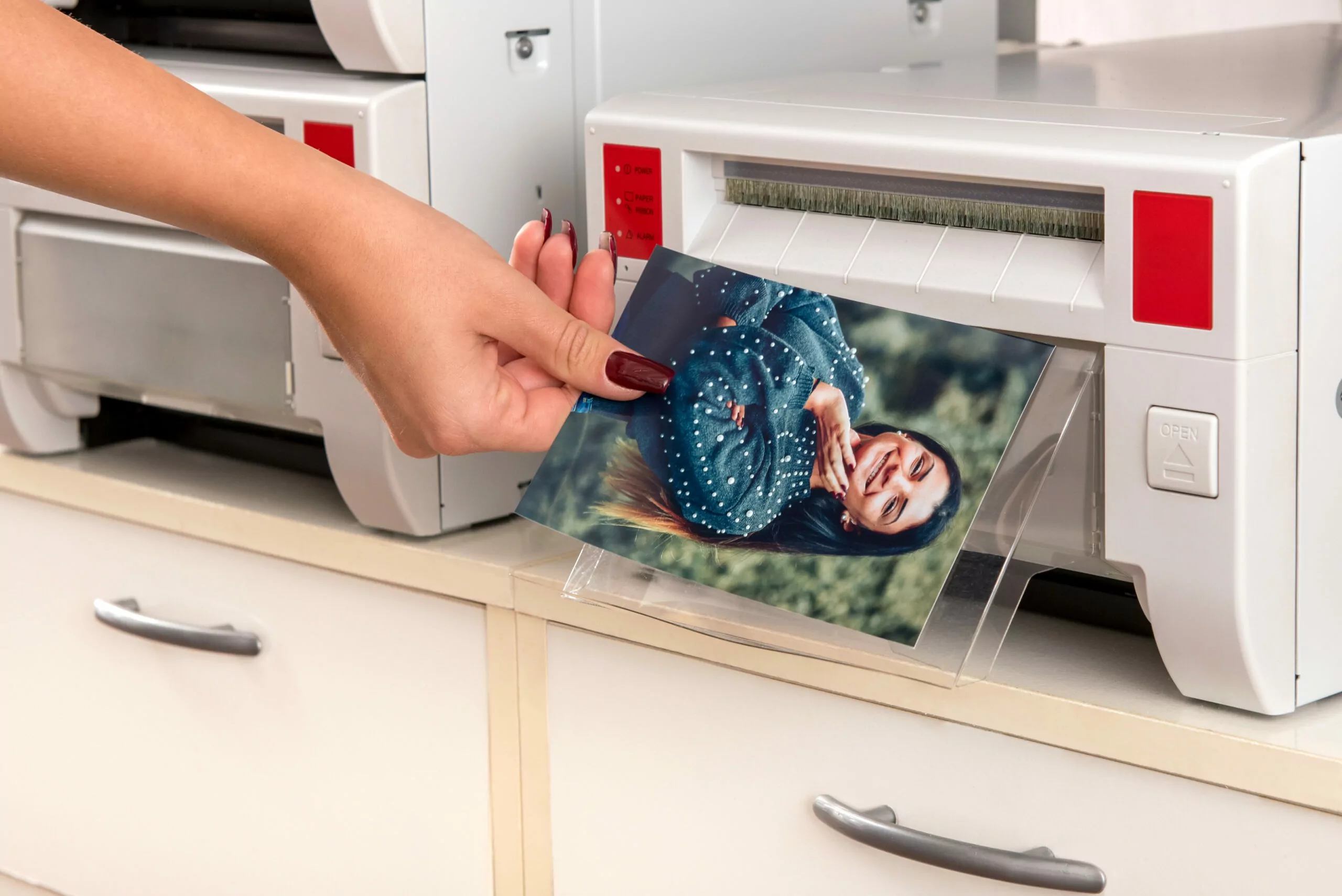Here are the differences between 150 DPI, 300 DPI, 600 DPI, and 1200 DPI:
DPI is a common measurement for printers, scanners, and computer mice.
In the world of printers and scanners, higher DPI correlates with better image quality, and printers and scanners usually range between 300 and 4800 DPI.
With a mouse, a higher DPI increases sensitivity, and mice range from 100 to 18,000 DPI.
So if you want to learn all about how 150, 300, 600, and 1200 DPIs differ from each other here, then this article is for you.
Keep reading!

What Does “DPI” Mean? (2 Scenarios)

DPI is an acronym that stands for “dots per inch.”
That’s great and all, but it doesn’t really explain much.
This is a measurement that is commonly used with computers to describe how objects appear and/or move on a computer screen.
The general idea is that putting more dots into a square inch increases the amount of data in that section.
The idea might make more sense if we put it in practical terms.
Primarily, there are two times when you’re likely to see DPI as a measurement:
- with printers
- with computer mice
Let’s consider each.
#1 DPI for Printers

When it comes to printing, DPI is a measurement of image clarity.
Putting more dots of ink into a square inch increases the precision of the printing mechanism.
It might help to think of printing like a mosaic.
A printer is just projecting a bunch of colored circles onto a page.
But, when you take a step back and look at the greater image, the little dots can paint a picture.
So, if you use smaller dots to paint the picture, you don’t have to back up as far before the image becomes clear.
More specifically, increasing the dots per inch reduces blurriness in the image because the base pixels are smaller.
It’s the same reason that high-definition TVs have more pixels per inch.
Smaller dots make for sharper images.
All of this also applies to scanning.
The software that manages images for both scanning and printing works on the same basic principles, so image clarity is measured in DPI for both kinds of devices.
Just to make sure this is all perfectly clear, higher DPI numbers lead to clearer, sharper images, whether on a screen or printed on paper.
#2 DPI for Mice

When you use DPI to describe computer mouse behavior, things are a bit different.
You’re still technically measuring the same thing: the number of dots per square inch.
But, you’re deriving different meanings with a mouse.
Here’s the general idea.
When you control a mouse, you’re using a device to move a cursor across your screen.
Since that cursor is covering a physical distance over your screen, it makes sense that the mouse has some way to understand that distance.
DPI is the unit of measurement used.
For every inch of your mouse movement, the mouse breaks it into very small chunks known as dots.
This gets a little weird because the relationship is inverted.
A higher DPI means that your mouse translates a small movement into a large distance on the screen while a lower DPI does the opposite.
Another way to think of it is that your mouse will translate one inch of actual mouse movement into the DPI number on your screen, so a 1,000 DPI mouse setting will move the cursor 10 times as fast as a 100 DPI setting.
While this concept is similar to the idea of pixels on your monitor, it’s important to understand that these are different things.
The pixels are physical things that display images on your monitor.
The dots in your mouse DPI are entirely based on software.
That is to say, you can use software to adjust your mouse’s DPI without changing hardware.
This is something that is software controlled (although any given mouse will have a physical limit on how precisely it can measure your movements).
The reason for DPI settings is so that you can change how sensitive your mouse feels when you use it.
Different applications will have different preferences for mouse DPI, and I’ll get into that as we go.
What Are the Main Differences Between These Common DPI Numbers? (5 Things)

Now that you know what DPI means, we can talk about applications.
Since this is used for both mouse and image applications, I’ll discuss both of them in each section.
I’ll go over some of the most common DPI settings, including 150, 300, 600, and 1200.
#1 150

At 150 DPI, we’re getting into the lower possible ranges for a mouse.
Often, the lowest allowed setting on a mouse is 100 DPI.
It’s unusual to keep such a low setting.
In fact, 150 is pretty much a specialized setting.
This is because such a low DPI will make mouse movement very slow on a high-resolution display.
It will take a dozen or more swipes of the mouse to move the cursor all the way across the screen.
For most applications, that’s a nuisance.
But, there are a few high-precision applications where a low DPI makes sense.
The most obvious of those is photo editing and/or drawing.
If you’re making very precise, small movements with your mouse to draw or edit a picture, then the low DPI helps with your precision.
It’s easier to make subtle movements in this setting.
As for printers, 150 DPI is below common marketable settings.
Low-resolution printers usually start at 300 to 400 DPI.
The cheapest scanners you can find will copy images at 300 DPI.
This setting isn’t really applicable to any modern printing or scanning equipment that you will find today.
#2 300

Let’s cover printers first in this setting.
This is a common DPI for high-volume printers and scanners.
As you might be able to imagine, higher levels of precision can slow down printing and scanning.
So, when you’re after speed over image quality, 300 DPI printers and scanners make a lot of sense.
For the most part, you’re looking at black and white only laser printers in this DPI range.
Similarly, you’re looking at high-volume scanners that are probably fed by a paper tray.
Anything more precise will have a higher DPI.
When it comes to mice, 300 is getting close to what you might expect for default settings.
While DPI can get a lot higher, 300 is at the low end of the standard.
A cheap mouse out of the box might default to 300 DPI, and if you’re used to this rate, then it will feel normal.
If you’ve ever used a higher DPI, then 300 will probably feel annoyingly slow—unless you’re trying to do high-precision work, like photo editing.
#3 600

Again discussing printers first, 600 DPI is getting closer to the low end for inkjet printers.
This would be considered on the higher end for high-speed laser printers—even color laser printers.
Some can get higher than 600 DPI, but laser printers are usually catering to speed and volume, they don’t usually print much more precisely than 600 DPI.
As for inkjets, they are capable of much higher settings, but at the cheaper end of inkjet printers, you might find some that operate at 600 DPI.
When it comes to scanners, this is going to be close to average.
Photo-quality scanners operate at a higher range, but your average scanner tries to split the difference between speed and image quality, and that will put it in the ballpark of 600 DPI.
In the world of mice, 600 DPI is pretty much the exact average for default settings.
If you aren’t getting a high-end mouse or using software to really push the envelope, your DPI settings will probably fall between 400 and 800, with 600 providing a happy average.
Unless you’re used to something nonstandard, 600 DPI will probably feel perfectly natural and normal to you for mouse movement.
#4 1200

Now, we’re getting into some higher numbers.
When it comes to printing, 1200 DPI is at the low end of photo quality.
Anything that isn’t a photo will look quite sharp at this level of precision.
When you are printing photographs, 1200 will look good for smaller photos.
As you blow up a photo, you might need a higher DPI to avoid any blurring in the image.
To put this in context, a 5X8 photo will normally look pretty good at 1200 DPI, but if you’re a professional photographer, you might find the precision too low for your liking.
Printers that are marketed specifically toward printing photos usually start at around 4800 DPI.
They can print very nice pictures up to the size of a standard page (8.5 x 11).
High-end photo printers can reach substantially higher DPI ranges.
In terms of mice, anything over 1,000 DPI suggests that you’re getting into advanced user settings.
If you’re trying to use a work computer with very high efficiency, 1200 DPI is a reasonable setting—especially if you use more than one monitor at the same time.
The higher DPI setting allows you to switch from one window to another much faster and can ultimately help with productivity.
More likely, if you’re using 1200 DPI, it’s because you’re a competitive gamer.
Some genres of games require you to move the mouse across the screen very quickly with high precision.
At 1200 DPI, you can reasonably do this.
A few genres of gaming—like first person shooters—will see competitors push well past 1200 DPI, but for most other genres, this is closer to the norm.
If your DPI settings are too high, your mouse might feel fast, but the loss in precision isn’t worth it.
Just to put a cap on the idea, some advanced gaming mice will allow you to change your DPI anywhere from 100 to 18,000.
Personally, I can’t use an 18,000 DPI mouse; it’s way too sensitive.
But, there are professional gamers who might feel comfortable operating a mouse in that range.
#5 Higher DPI

I’ve already pointed out that higher DPI settings do exist, and that’s for both printing and mice.
There are a few more numbers worth mentioning, so I’ll take you through them really quickly to wrap all of this up.
While 1200 DPI is the beginning of photo-quality ranges for printing, 2400 DPI is a more common number that you’ll see with photo printers.
At a consumer level, photo quality usually ranges from around 2400 to 9000 DPI, and you can have different numbers in different directions.
This is partly because printer paper usually isn’t square, so you might want higher quality in one direction to prevent photos from looking stretched.
So, you might see numbers like 1200 X 2400, 2400 X 4800, or even something like 2400 X 9000.
They are all well within photo quality.
Anything above 9,000 DPI is going to be ultra-high quality and not likely a consumer-grade printer.
As for mice, we’ve covered the gist of things.
Once you get above 1,000 DPI, you’re in the competitive gaming range.
What is interesting is how much this depends on the specific game and the individual.
As an example, a list of CS: GO players shows that most of them like DPI settings between 400 and 800 (while some go as high as 1600).
It’s all about the trade-off between speed and accuracy.

